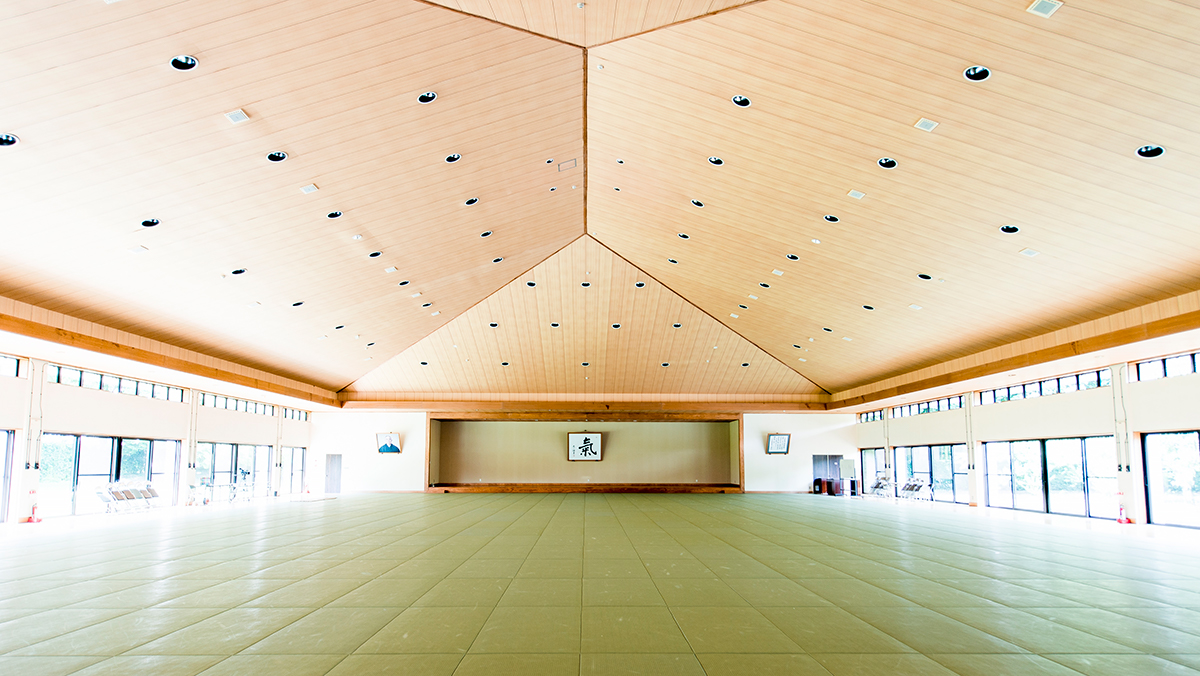Many people have already seen the Korean drama “Love’s Emergency Landing,” which has been available on Netflix since 2020.
Although the drama was broadcast on domestic Korean TV channels, it was produced on the premise that it would be broadcast to the world.
For this reason, the production studio spent a lot of time and budget to create a world-class film, without worrying too much about immediate domestic audience ratings and recognition.
True entertainment is something that can be communicated in different languages and cultures, and this Korean drama, which has been distributed to 190 countries around the world with a great popularity, is a proof of this fact.
This production studio continues to produce dramas for the world.
In Shinshin Toitsu Aikido, too, the true content is something that is transmitted beyond language, culture, and religion.
It will never be the best if it is aimed to be conveyed only to, and understood by, a limited target audience.
From this point of view, I am constantly refining my own teaching content and skills.
Recently, I had an opportunity to instruct students in an MBA course at the University of Michigan in the United States.
A graduate of Keio University Athletic Association Aikido Club, where I am an instructor, went on to study in this MBA program, and became in charge of a program to guide his classmates to his home country, Japan.
At his request, I taught Aikido as a part of the program.
Naturally, many students had never heard of “Aikido”, so the proper noun “Aikido” was not understood at all. I had to give the instructions in English in the first place! The content of my teaching must be based upon “universal” principles so the students can understand well no matter where they are from.
Of course, simply being exposed to Japanese culture itself has a certain amount of value to these students, but the true value of instruction is determined by whether it is conveyed in a way that the students can really get it themselves.
The common denominator for all students is their own “experience”, which is the best means of communication no matter what language they speak or culture they are from.
During the course, I had each student directly experience maintaining a natural posture (Toitsutai), the One Point in the lower abdomen, and its application in various movements.
The students raised their voices in amazement, and I was surprised at their extremely high level of understanding.
Movements that arise from a state where our mind is placed calmly in the One Point in the lower abdomen will not collide.
With this understanding, the students instantly understood the importance of maintaining a “calm mind” in business, especially in leadership and communication.
After the program ended successfully, I heard an interesting story. On the next day after the course, they had an arm-wrestling tournament on a sightseeing houseboat, Yakatabune (a small, traditional roofed boat with a tatami room to hold parties).
The winning student apparently performed not by trying to defeat his opponent, but by calming his mind and understanding his opponent.
These students were able to immediately apply what they learned and so the message seemed to have been conveyed well. I am looking forward to seeing how this experience will be used in their studies and work in the future.
Our teaching skills will not improve if we are just telling the same story in the same environment and to the same target audience.
It is easy to “stay the same,” but doing so does not improve us. For this reason, I am constantly seeking to teach in a different environment to a different target audience.
– Can teaching universal principles be communicated to people with different languages, cultures, and religions?
– Will children understand it?
– Can it be understood by the elderly?
– Can it be conveyed to people with disabilities?
– Can athletes understand it?
– Can artists understand it?
– Can it be communicated to groups such as companies and organizations?
– Can it be communicated through books (text)?
– Can it be communicated on TV or radio?
The true content is something that is communicated more widely and deeply with universality and reproducibility.
Let’s keep taking on the challenges.
Translated by Mayumi Case
Edited by David Shaner
Eastern Ki Federation
https://easternkifederation.org/
Original article in Japanese: より広く、より深く (Yori Hiroku, Yori Fukaku)
June 1, 2023
http://www.shinichitohei.com/japanese/2023/06/post-5f038f.html


